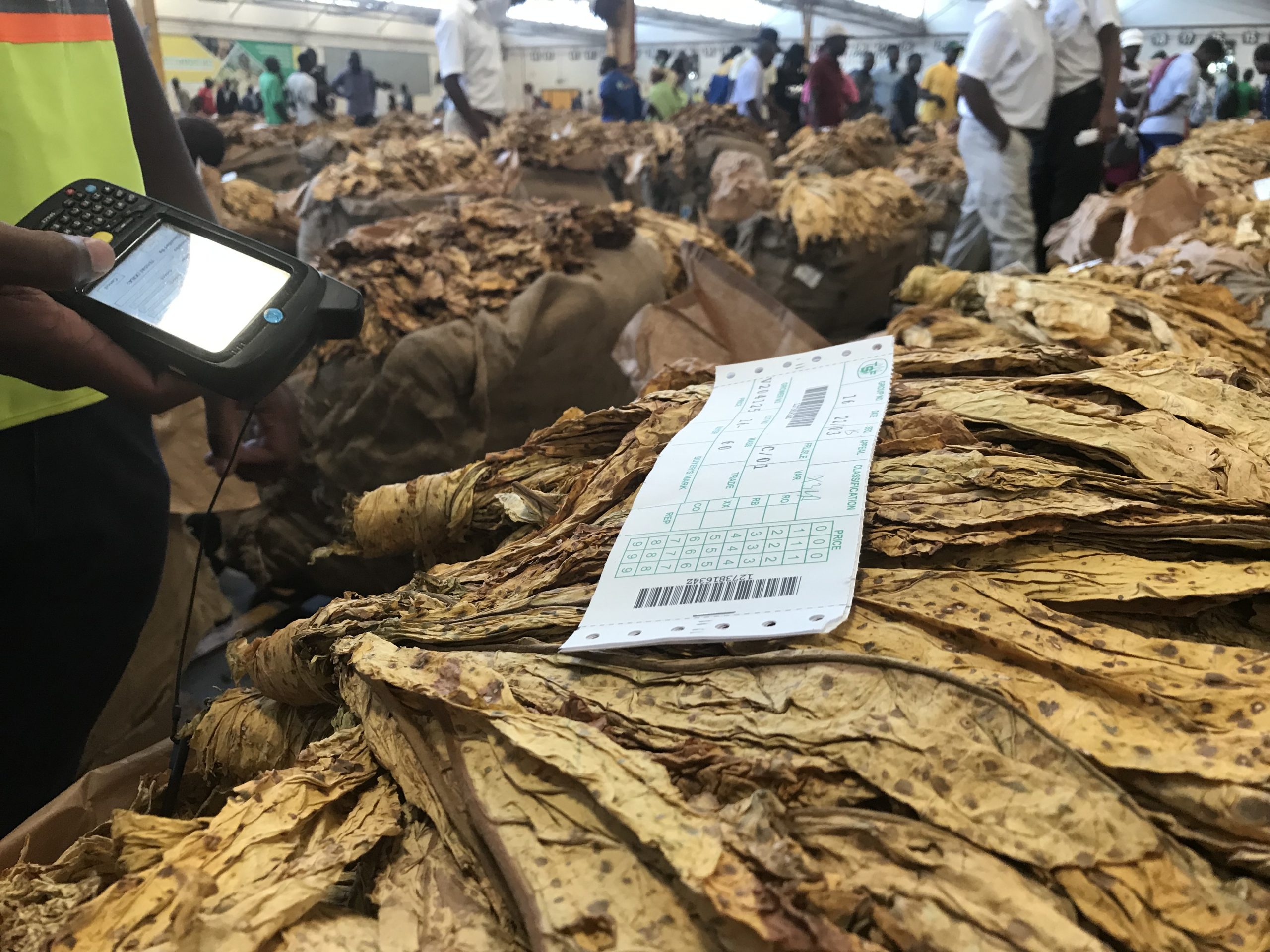Zim exports up 20 percent: RBZ
Share

Harare (New Ziana) – Zimbabwe’s exports in the first half of the year grew by 20 percent to US$2.31 billion on the back of growth in agriculture, mining and tourism receipts, as green shoots of recovery in the COVID-19 era begin to sprout.
Reserve Bank of Zimbabwe governor Dr John Mangudya said mineral exports during the period under review grew by 37.8 percent to US$1.9 billion while agriculture exports rose from $US67.6 million last year, to US$75.9 million.
The growth in exports, he said, reflected the positive global and domestic economic outlook.
“Precisely, cumulative export receipts as at 30 June 2021 were US$2.31 billion compared to US$1.91 billion received during the same period in 2020. This represents an increase of 20.8 percent in 2021,” he said in his Monetary Policy review.
“Merchandise exports are expected to maintain strong growth. The projected export performance is reflective of the export shipments for the first half of the year.”
In the mining sector, the country’s largest foreign currency earner, platinum and gold shone the brightest, contributing US$1.18 billion and US$309 million respectively to the country’s export receipt book.
“There was a remarkable surge in gold deliveries to Fidelity Printers and Refiners (FPR) in the months of June and July 2021. June 2021 gold deliveries to FPR were 2 924.3 kg compared to 1 409.6 kg delivered in June 2020. Similarly, gold deliveries for July 2021 stood at 2 824.6 kg compared to July 2020 deliveries of 1 406.4kg.
“Small scale gold producers contributed 52.8 percent of the total gold deliveries to FPR during the first seven months of 2021 which compares favourably with the 55.8 percent delivered for the same period in 2020,” he said.
For the full year, gold exports are expected to be higher than in 2020 on account of the recently introduced 2.5 – 5 percent gold delivery incentive and the COVID-19 induced restrictions that could have curtailed gold leakages through smuggling.
On the agricultural front, Dr Mangudya said exports, led by tobacco, were boosted by the favourable climatic conditions during the 2020-2021 season while manufactured exports are similarly expected to rebound, spurred by the anticipated recovery in production.
Dr Mangudya said cumulative foreign currency receipts amounted to US$4.02 billion in the first half of the year, compared to US$3.12 billion received over the same period in 2020 with diaspora remittances dominating at US$649 million from US$374 million last year.
He said current recovery in the global economy was simultaneously strengthening international commodity prices and would have a potentially positive knock-on effect on Zimbabwe’s export receipts.
“The rally in commodity prices, however, brings with it a downside risk emanating from increasing global energy prices with adverse implications for the country’s energy import bill. This notwithstanding, the foreign exchange gains from improved exports are projected to outweigh the corresponding losses from the incremental energy import bill. This, in effect, is envisaged to mute the possible negative implications of higher global petroleum prices on both inflation and external sector resilience,” he said.
“In tandem with envisaged GDP growth of 7.8 percent and strengthening global petroleum prices, merchandise imports are projected to increase by 21.7 percent to US$5,743.0 million in 2021, from US$4,719.9 million in 2020. This increase is projected to be driven by increases in fuel, machinery and raw material imports. Food imports will, however, be lower than in 2020 on account of reduced maize imports, following the good 2020/21 agricultural season.”
New Ziana








